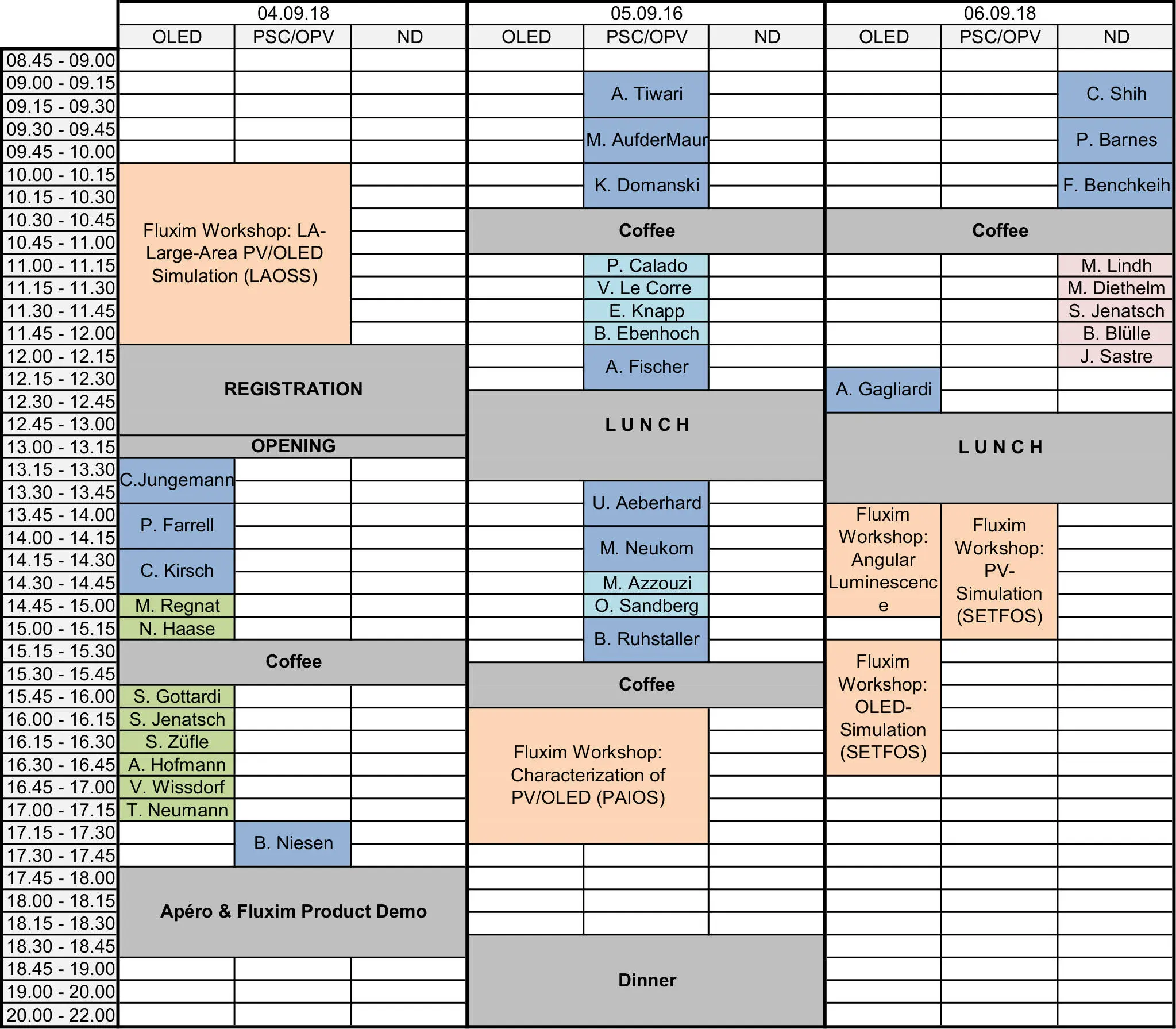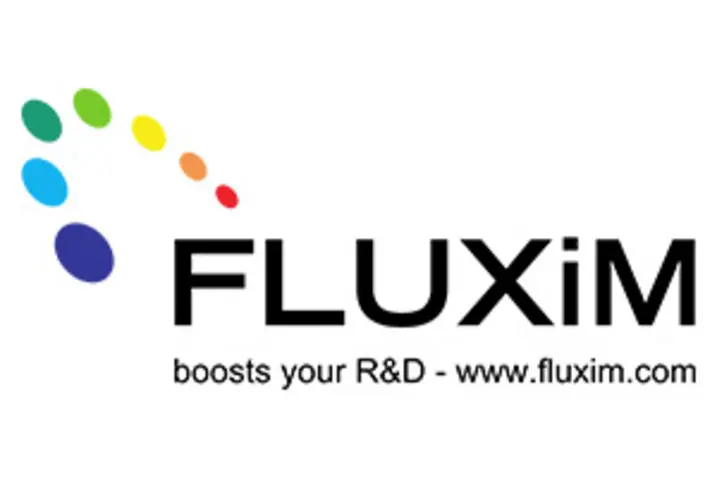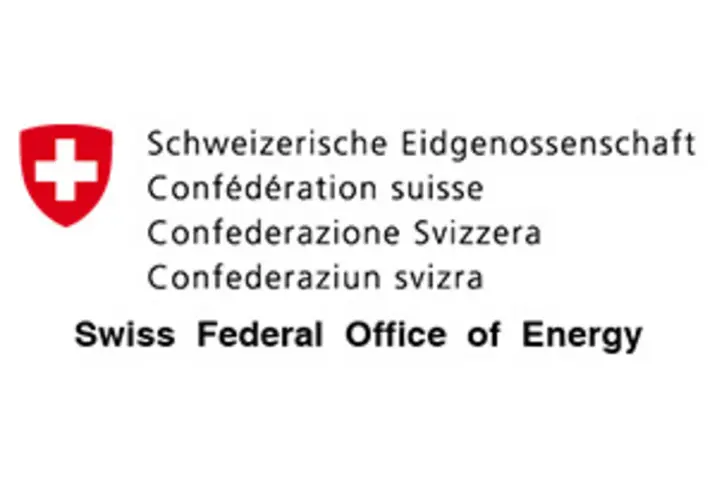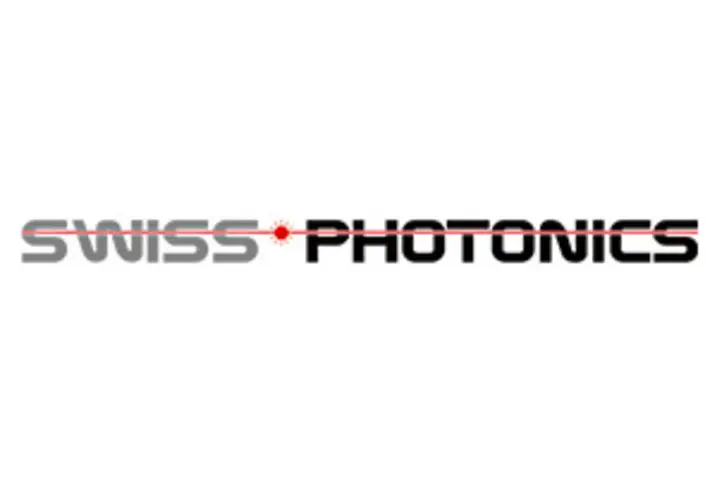International Conference on Simulation of Organic Electronics and Photovoltaics, SimOEP 2018
The SimOEP conference brings together modeling experts and device physicists from industry and academia in the field of organic and perovskite solar cells as well as OLEDs. The addressed topics include charge and heat transport, exciton dynamics, light propagation and the simulation domain ranges from nanometer to centimeters.

Products of Organic Electronics and Photovoltaics are successfully penetrating consumer electronics and renewable energy markets. Commercialization is accelerating continuously and everyone can enjoy amazing new products to buy, for instance stunning OLED displays for mobile devices and TVs as well as flexible organic solar cells. With the commercial success of OLED display products and the rise of perovskite solar cells one may be tempted to disregard the many research challenges that we are still facing in this field and which prevent an even wider exploitation of these technologies.
The challenges are manifold. So are the synthetic materials these technologies are based on. Physical models and simulation algorithms are very useful in this context. They enable the scientists to explore the behavior of a material or device on a computer. On the one hand, the numerical models help to understand and interpret measurement data and to further develop refined and reliable physical models. On the other hand, the models allow one to optimize materials and devices. Progress in this field relies on an interdisciplinary approach that combines experimental, physical, chemical and numerical expertise.
The motivation of this unique conference is to bring together these experts and enjoy a fruitful scientific exchange among them that will focus on a comprehensive range of topics. This will eventually lead to ever more reliable, validated physical models which accelerate our research efforts. We are pleased to chair this conference that continues a series of successful international simulation workshops on this topic previously held in Switzerland (2010, 2011, 2016) and Spain (2012, 2014). This year, the event will again host hands-on training seminars with R&D tools from Fluxim AG.
Conference Committee
Beat Ruhstaller, Zurich University of Applied Sciences
Evelyne Knapp, Zurich University of Applied Sciences
Topics
- Light management for enhanced light-absorption in solar cells and enhanced light emission in OLEDs
- Charge and exciton transport modeling in organic semiconductor devices – from molecular to the device level
- Charge transport modeling in various organic and hybrid solar cells:
planar and bulk heterojunction perovskite and organic solar cells - Charge injection, transport and recombination processes in state-of-the-art OLEDs
- Models for a variety of electrical device characterization techniques from DC, transient to AC operation
- Advanced optical and electrical characterization techniques and experimental validation
- Parameter extraction techniques
- Morphological structure and property correlation
- Advanced materials and devices such as novel LEDs, ionic devices, QD materials, and non-fullerene acceptors
Confirmed Speakers
| Topic | ||
|---|---|---|
| Urs Aeberhard | Forschungszentrum Jülich, DE | Microscopic simulation of charge carrier transport and recombination at hetero-interfaces in solar cells |
| Matthias Auf der Maur | University of Rome Tor Vergata, IT | Simulation study of the effects of ferroelectric domains in perovskite solar cells |
| Mohammed Azzouzi | Imperial College London, UK | Revisiting the use of transient photovoltage measurements as a probe of recombination in thin film solar cells |
| Piers Barnes | Imperial College London, UK | Ionic-to-electronic current amplification in hybrid perovskite solar cells |
| Fatima Bencheikh | Kyushu University, JP | Modeling of organic semiconductor LASERs: toward continuous wave operation and electrical current injection |
| Balthasar Blülle | Fluxim AG, CH | Angular luminescence spectroscopy: measurement and simulation of OLED emitter orientation and QD down-conversion films |
| Phil Calado | Imperial College London, UK | Identifying recombination mechanisms in perovskite solar cells using transient ideality factors |
| Matthias Diethelm | EMPA, CH | Emission zone position in sandwich super yellow light-emitting electrochemical cells |
| Konrad Domanski | Fluxim AG, CH | The quest for stability of perovskite solar cells - understanding degradation and investigation under simulated weather conditions |
| Bernd Ebenhoch | Karlsruhe Institute of Technology, DE | Fundamental relation on the of J-V characteristics, capacitance and charge carrier lifetimes in solar cells |
| Patricio Farrell | Hamburg University of Technology, DE | Challenges for non-Boltzmann drift-diffusion simulations of semiconductors |
| Axel Fischer | TU Dresden, DE | Absorption induced heating of solar cells leads to a characteristic open-circuit voltage turnover |
| Alessio Gagliardi | Technical University Munich, DE | Title to follow |
| Stefano Gottardi | Simbeyond, NL | Disentangling excitonic loss mechanisms in TADF-type OLEDs using kinetic Monte Carlo simulations |
| Nils Haase | Merck KGaA, DE | Kinetic modelling of transient photoluminescence measurements of thermally activated delayed fluorescent materials |
| Alexander Hofmann | University of Augsburg, DE | Manipulation of injection barriers by dipolar doping |
| Sandra Jenatsch | Fluxim AG, CH | Device performance and degradation analysis of a skyblue TADF-OLED |
| Time-dependent pin structure and emission zone in sandwich-type light-emitting electrochemical cells | ||
| Christoph Jungemann | RWTH Aachen University, DE | Full electrical simulations of OLEDs based on the master equation |
| Christoph Kirsch | ICP ZHAW, CH | Electrothermal simulation of large-area semiconductor devices |
| Evelyne Knapp | ICP ZHAW, CH | Modeling negative capacitance and inductive loop in perovskite solar cells |
| Vincent Le Corre | University of Groningen, NL | Transport layers limit the efficiency of perovskite solar cells: an experimental and theoretical study |
| Mattias Lindh | Umea University, SE | Optical modes in light-emitting electrochemical cells |
| Martin Neukom | Fluxim AG, CH | Opto-electronic characterization of third-generation solar cells |
| Tobias Neumann | Nanomatch GmbH, DE | Computer-aided optimization of multilayer OLED devices |
| Björn Niesen | CSEM, CH | Light management for perovskite/silicon tandem solar cells with efficiency >=25% |
| Markus Regnat | ICP ZHAW, CH | Modelling the bias-dependent emission zone and its influence on the transient electroluminescence and OLED efficiency |
| Oskar Sandberg | Swansea University, UK | Using extraction current transients to characterize device parameters relevant for charge collection in thin-film diodes and solar cells |
| Jordi Sastre-Pellicer | EMPA, CH | On the ionic conductivity in thin film LLZO solid state electrolyte materials |
| Chih-Jen Shih | ETH Zurich, CH | Monochromatic LEDs based on perovskite quantum dots: opportunities and challenge |
| Ayodhya Tiwari | EMPA,CH | Development of perovskite/CIGS thin film solar cells and opportunities with lightweight flexible devices |
| Victoria Wissdorf | Merck KGaA, DE | Simultaneous drift-diffusion simulation of current voltage and capacitance voltage measurement of hole only devices... |
| Simon Züfle | Fluxim AG, CH | The use of polar OLEDs and MIS devices for parameter analysis |
Program
Additionally to the regular conference sessions Fluxim offers free workshops on
- LA - Large Area PV/OLED Simulation (Laoss Simulator): workshop video "PV & OLED Exercises", workshop video "PV & OLED Simulation"
- PV - Simulation (Setfos Simulator): workshop video
- OLED - Simulation (Setfos Simulator): workshop video
- PA - All-in-one PV/OLED device characterization (Paios platform)
- PH - Angular luminescence spectrometry for OLED and QD film characterization (Phelos spectrometer)
Workshops can be selected in the online Registration.
Download the program as pdf (PDF 17.92 kB) (final version from 27.08.2018).
Book of Abstracts
Download the book of abstracts (PDF 4.36 MB) (final version from 27.08.2018).
Registration Fees
- 250 CHF for PhD and Master students
- 350 CHF for senior scientists
- Workshops by Fluxim AG are free of charge
Venue
Zurich University of Applied Sciences
Building TP
Room 406
Technikumstrasse 9
8400 Winterthur
Switzerland
How to get there
The conference will take place at the building TP at Technikumstrasse 9 in the heart of Winterthur. Situated 25 kilometers north-east of Zurich, Winterthur is Switzerland’s sixth largest city and offers a rich cultural life as well as excellent travel connections in all directions. It is located near Zurich’s international airport, which is only 20 minutes away by train or car.
We recommend travelling to the conference by public transport, since it can be easily reached by train or bus and we cannot offer any parking on campus. However, paid short- and long-term parking spots are available nearby. The main train station, which is served by numerous regional, national and international express trains, is only a short five-minute walk away.
Accommodations
We have arranged special packages with nearby hotels. Please make your bookings directly with the hotel.
Plaza Hotel, Hotel Loge, and Depot 195 Hostel are located within 5 minutes walking distance of the conference venue. Hotel Ibis is close to the bus station or about a 20-minute walk.
Plaza Hotel Winterthur (conference discount available)
Hotel Loge Winterthur (conference discount available)
Hotel Ibis Winterthur
Depot 195 Hostel



